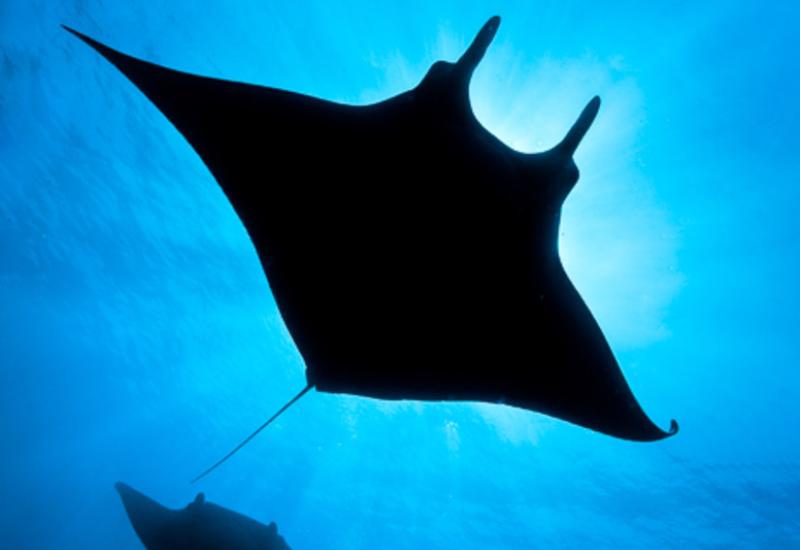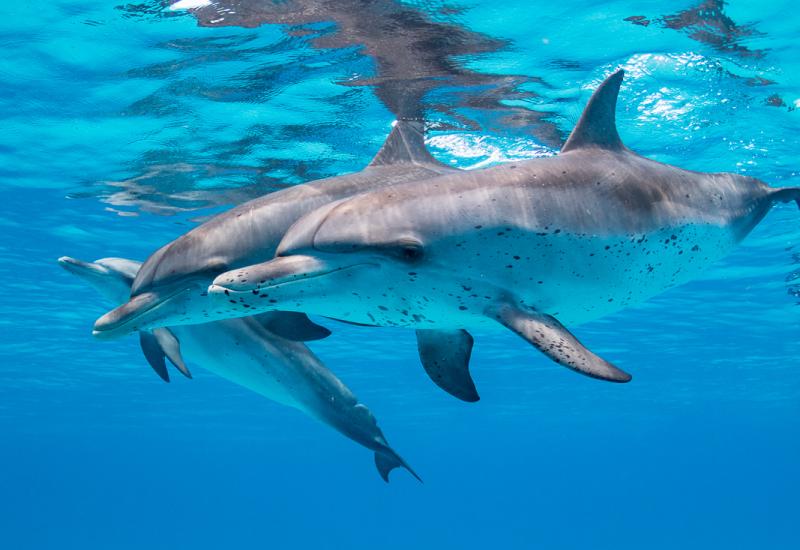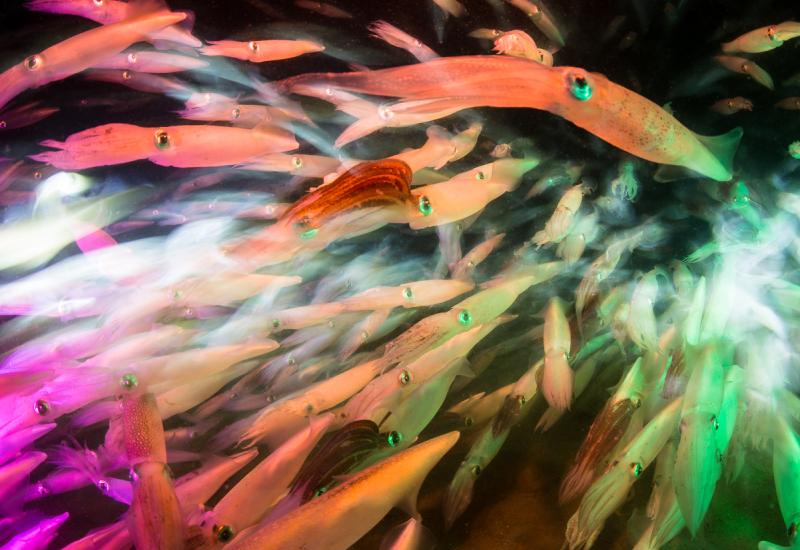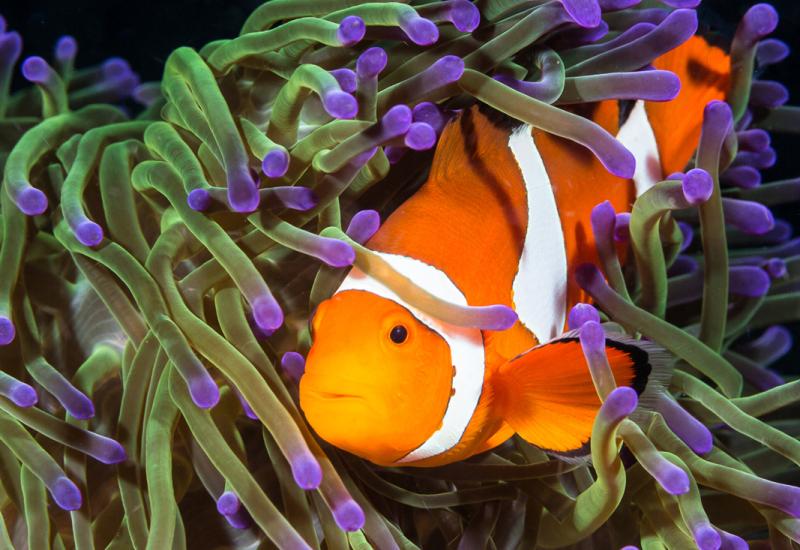Ask An Expert: Are We Using Too Much Photoshop in Underwater Photography?
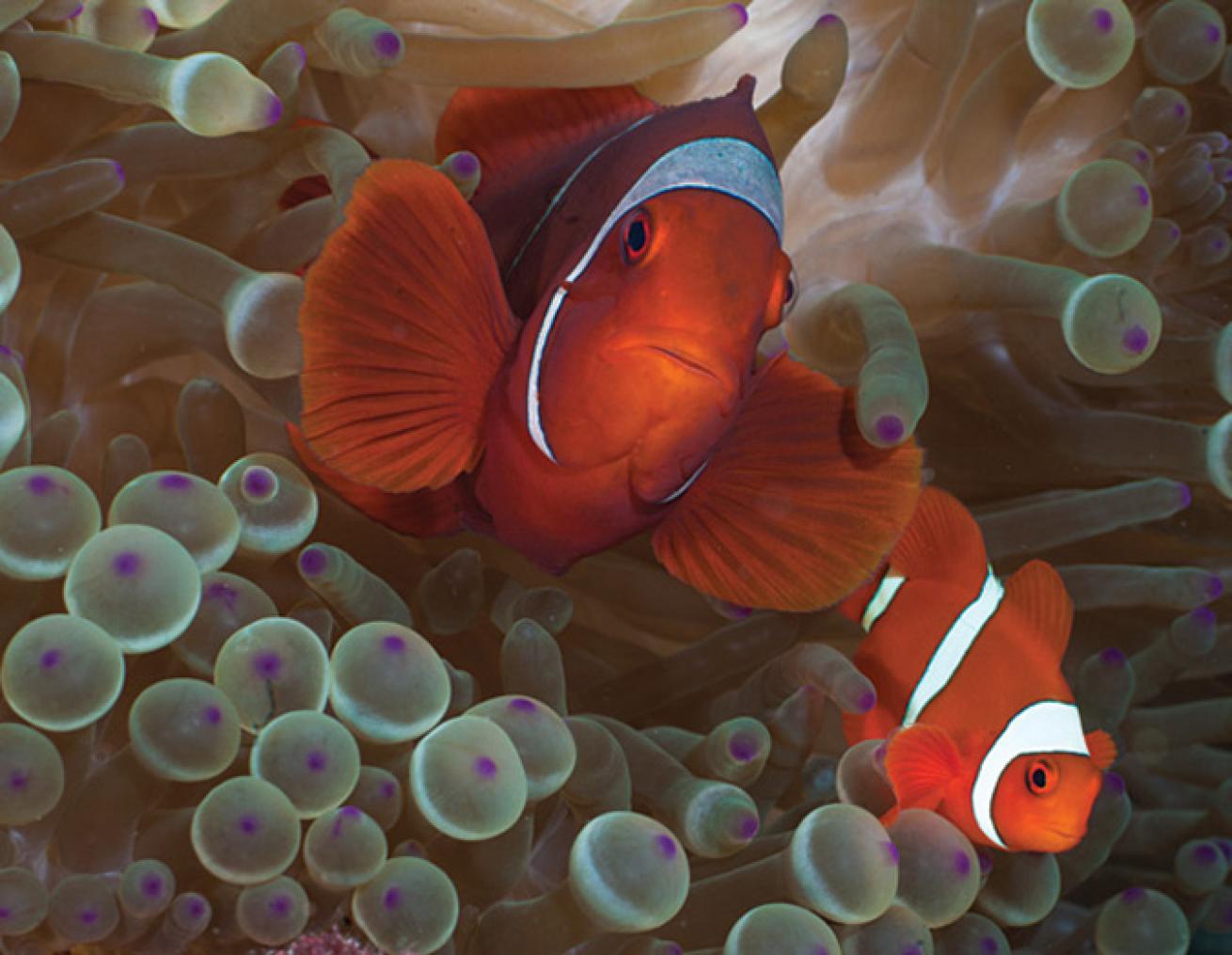
Rod Klein
Just Photo_stop_ Already
By Bob Halstead
Bob Halstead is a longtime underwater photographer (halsteaddiving.com) and pioneer of dive tourism in Papua New Guinea. In 2008, he was inducted into the International Scuba Diving Hall of Fame.
“That’s a wonderful picture — you must be an expert at Photoshop.” Is that the ultimate insult to a photographer? It is to me.
I like to think of myself as an underwater photographer. A perfect dive to me is to descend, absorb the site’s ambience, discover the definitive subject, then visualize the image I want, take one perfect photograph and ascend.
I believe a photo that comes straight out of the camera (preferably on film) is superior to one that has been photo- shopped. Not only visually superior but morally superior! I own a camera; I do not own Photoshop. I do not digitally remove backscatter; I strive to shoot pictures without backscatter. I do not care that “photoshop” is now recognized as a verb. I use technique and skill with my camera whenever I shoot pictures — that has to be worthier.
Perhaps I’m a believer in the art of photography rather than the art of images. There are many fascinating facets involved in the act of creating the perfect underwater photograph. Buoyancy and breath control are vital. You must be able to dive with both hands on the camera. I once offered to teach underwater photography, and in the first lesson, I asked students to dive with their hands lashed to their sides with a spare weight belt strap. I had no takers, but the skill is essential.
Other skills involve avoiding other divers, finding the subject, having empathy with marine life, and approaching from the right direction without disturbing the environment. After finding the subject, visualize, compose the picture, apply technique, and take one perfect image. Digital cameras have ruined this concept. The fashion these days is for divers, without visualization, to shoot hundreds of poorly composed images on automatic settings in the hope that a few will be good enough to fix with Photoshop. Instead of concentrating on and capturing the right moment to shoot, the digital photographer is inspecting and deleting worthless images while diving.
Having said that, I must confess that a magazine recently asked me for a vertical shot of a diver cuddling a moray. I had one well-composed shot taken 30 years ago but had never published, as the image was full of backscatter. I’d kept the slide as a reminder to use correct technique every time. I scanned and e-mailed the image to the magazine, pretty much to say, “Sorry, I can’t help.” The magazine contacted me and asked for it in high resolution. “Back-scatter is no problem,” they said. “We can fix that.” They did, and the image made the cover. I’ve now had several magazines “improve” my images, but I still aim for perfection using only my camera.
In the end, it comes down to this: Even if I do not get the perfect image every dive, I will at least have the satisfaction of having attempted the perfect photo dive. And that’s good enough for me.
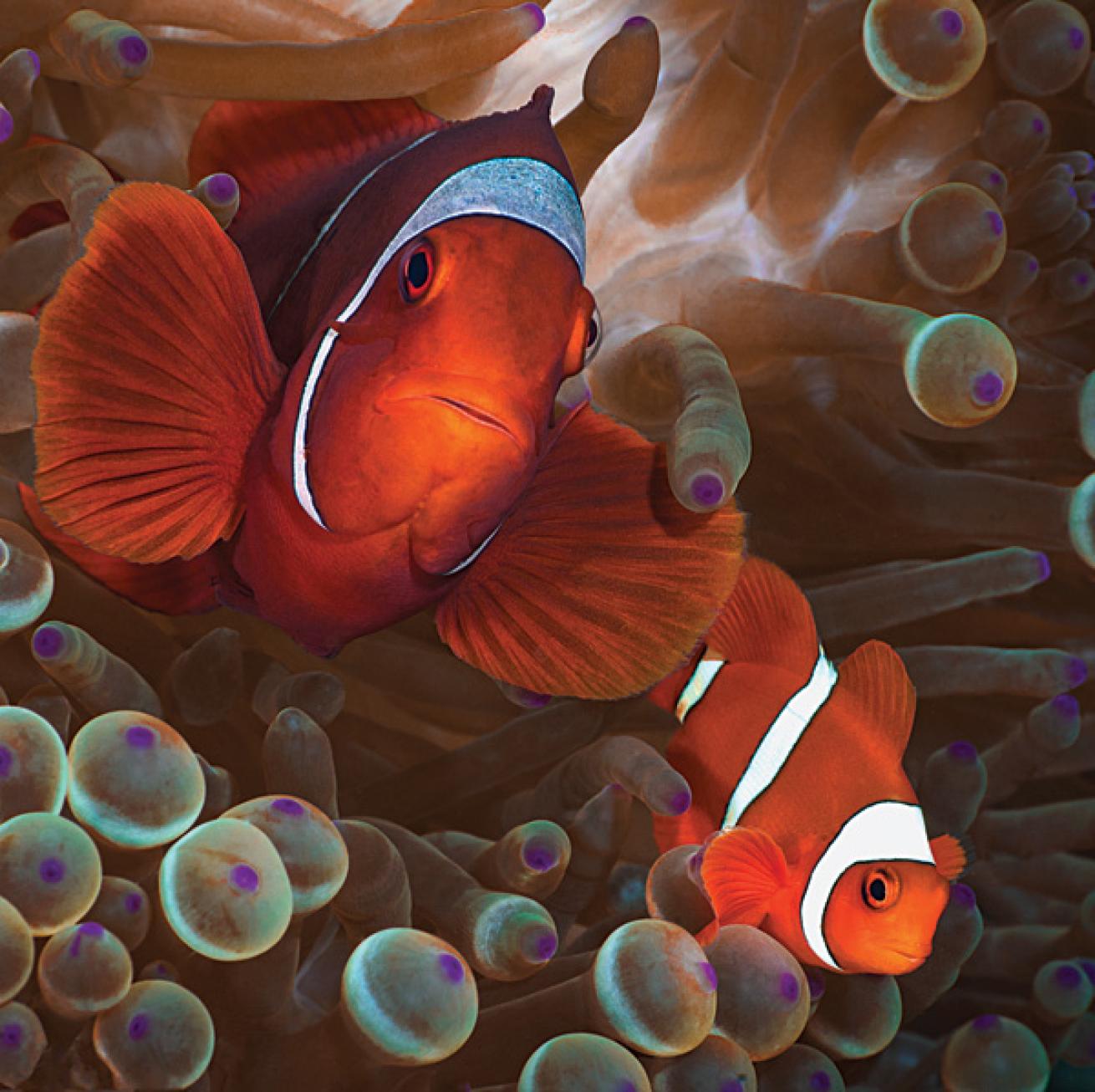
Rod Klein
Embrace Photoshop, Don’t Fight It
By Rod Klein
Rod Klein is a professional underwater photographer and writer (rhkuw.com). Klein has a MFA in Fine Arts from uCLA, and recently became a member of Ocean Artists society founded by Wyland.
Most who hear the words “Photoshop” and “photography” think: manipulate, composite and fake. This might be true for advertising graphic artists, but certainly not for wildlife photographers.
For those photographers who embrace Photoshop as part of their normal workflow, the issues are darkroom issues just as in the days of film: develop, process and color correct. Adobe Lightroom and Camera Raw even call the module that controls these functions the Develop Module, not the Make It Fake Module.
The processing, or developing, of a digital file (whether camera file or scan) is necessary in virtually all cases because of the nature of digital photography itself. To start, all original digital files are lower in contrast and color saturation. Film, which is a photochemical process, can be developed to increase these attributes so the final transparency has the desired look. Each film stock — Velvia, Provia, Kodachrome, etc. — has a different color balance built in, so the photographer decides beforehand if the image is warm or cool. In a digital file, this occurs after the fact.
Take sharpening, for example: All digital files need sharpening (film scans too!). Why? Digital cameras utilize an anti- aliasing filter in front of the sensor to slightly blur the image to prevent zigzag lines, stair-stepped diagonals and digital noise. To compensate, all digital images need a bit of sharpening to bring them back to square one.
Photoshop and raw-image processors allow us to take full advantage of the information that lives inside the file. Images are no longer viewed on a light table as small slides, but on large computer monitors or as large ink-jet prints where every minor imperfection can be seen — the same imperfections that exist in a film image but can’t be easily seen, even with a magnifying loop.
Certainly there are those who shoot hundreds of images on one dive and hope for the best. But nothing can replace great diving skill, composition and proper lighting to make great photos; and the best photographers are able to come back from a dive without having to fill up their memory cards. Photoshop is just another tool in this new world of digital-image making. Underwater photographers don’t work in a studio where everything can be controlled; they work where currents, visibility and water movement affect everything they do. Using the Photoshop/ Camera Raw tools helps equalize these basic disadvantages.
If you’re a well-known photographer doing a fish ID book, you’re not going to digitally manipulate your images — for example, taking two or more images to make a composite. But you want the best quality image so it reproduces great in print. Even the best photographers need to make their images look as good as possible by using the tools that are available now: develop, color correct and sharpen. In the past, these were done in the chemical darkroom; now they’re done in the digital darkroom.
>> Think there’s too much photoshopping? Have your say in the comments section below, or visit the Diver2Diver message board and find the thread on this topic.

